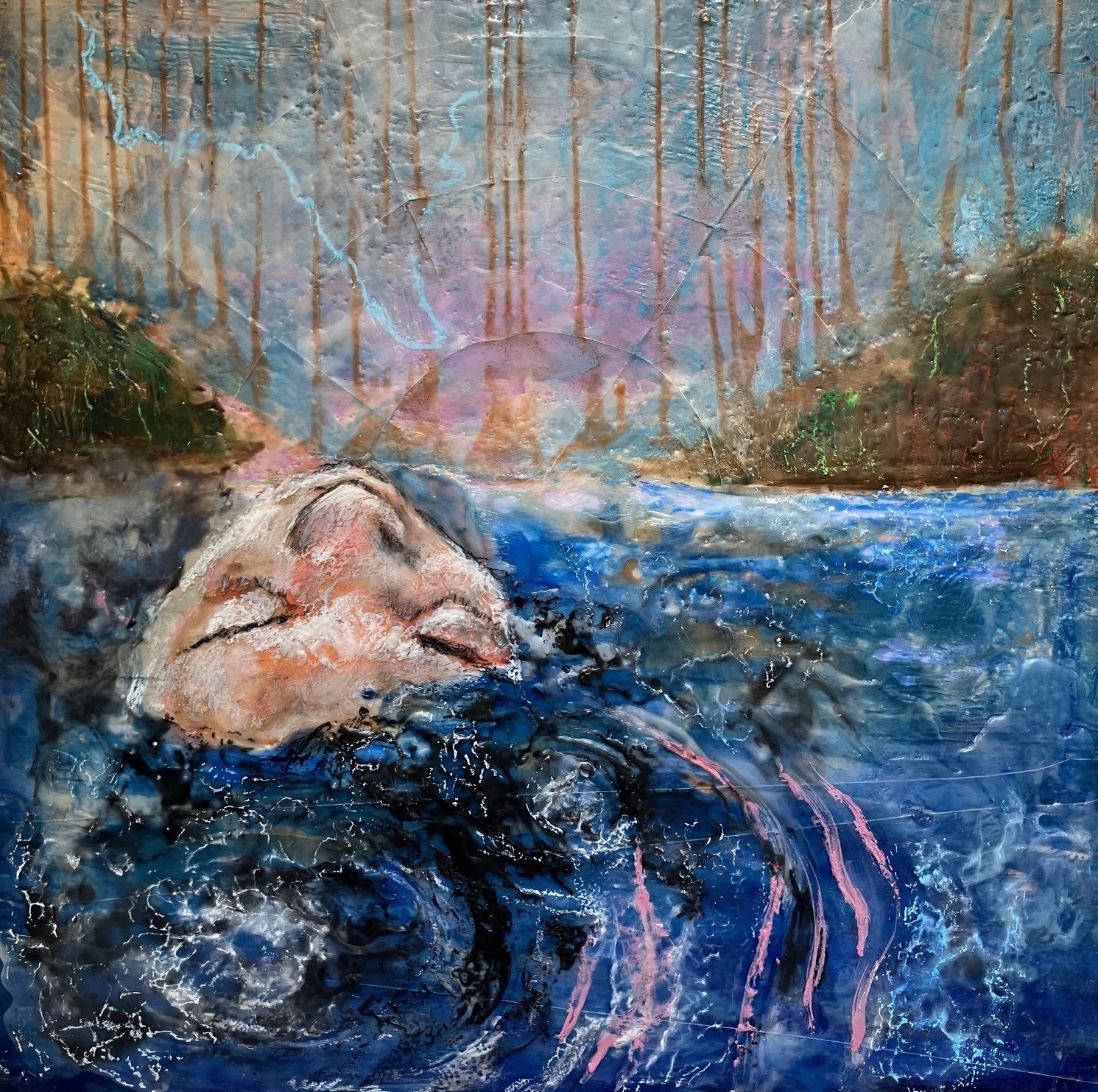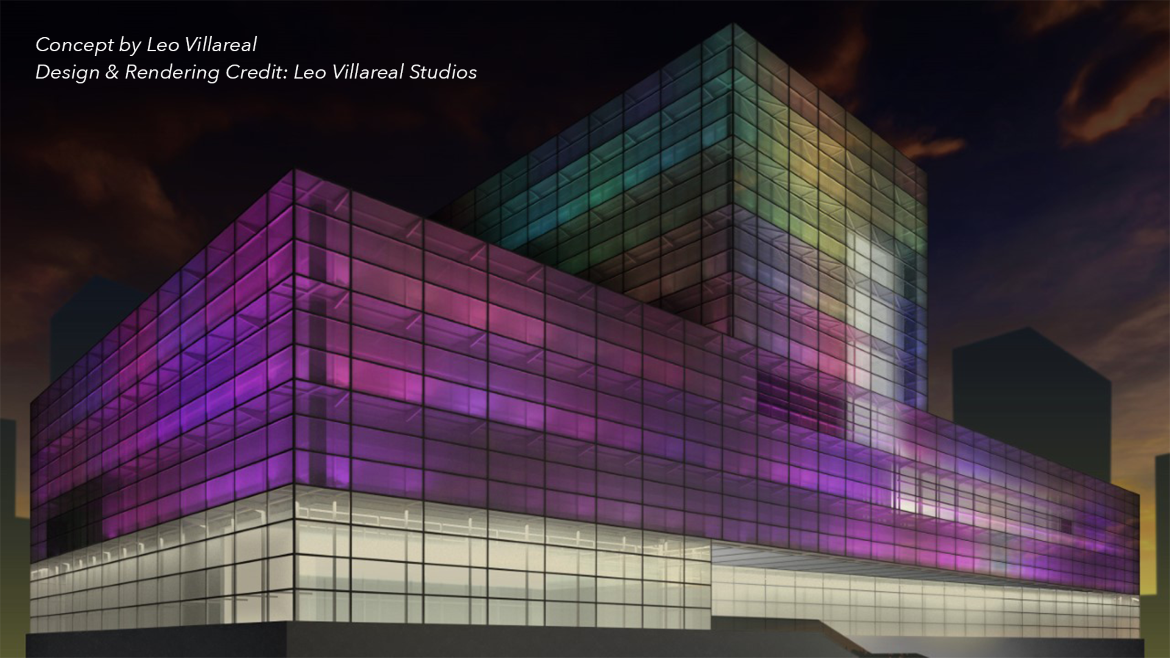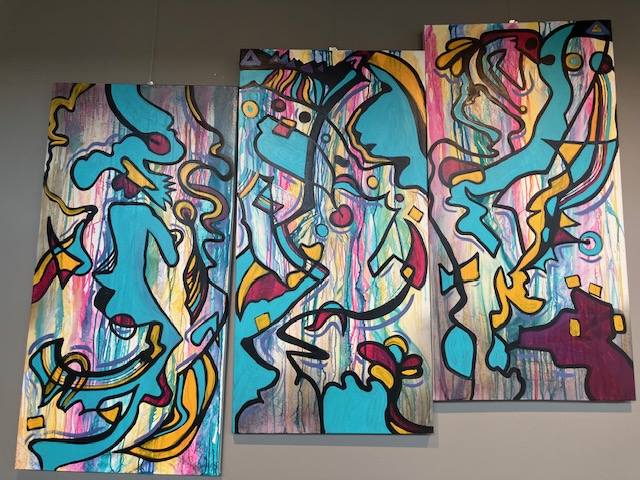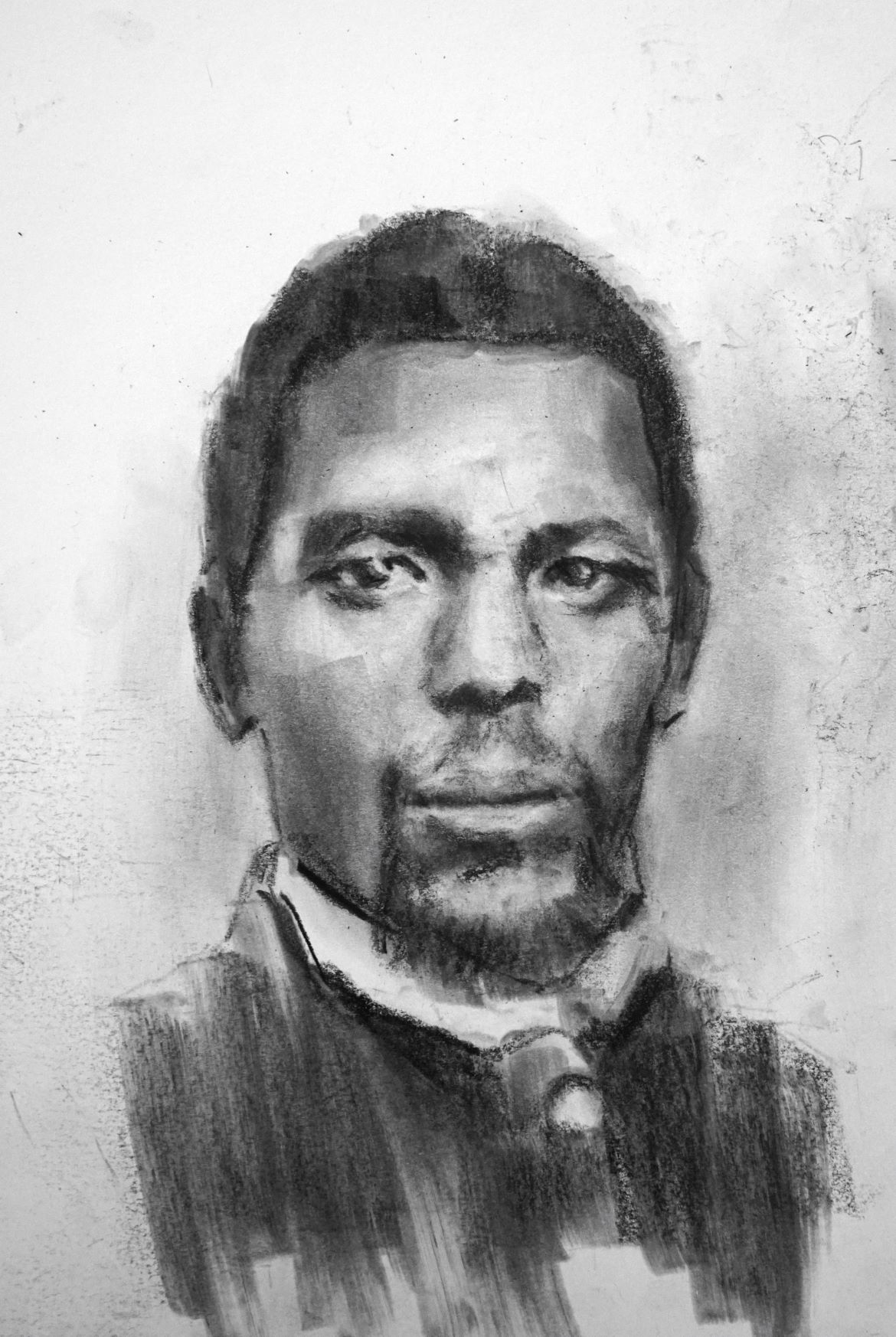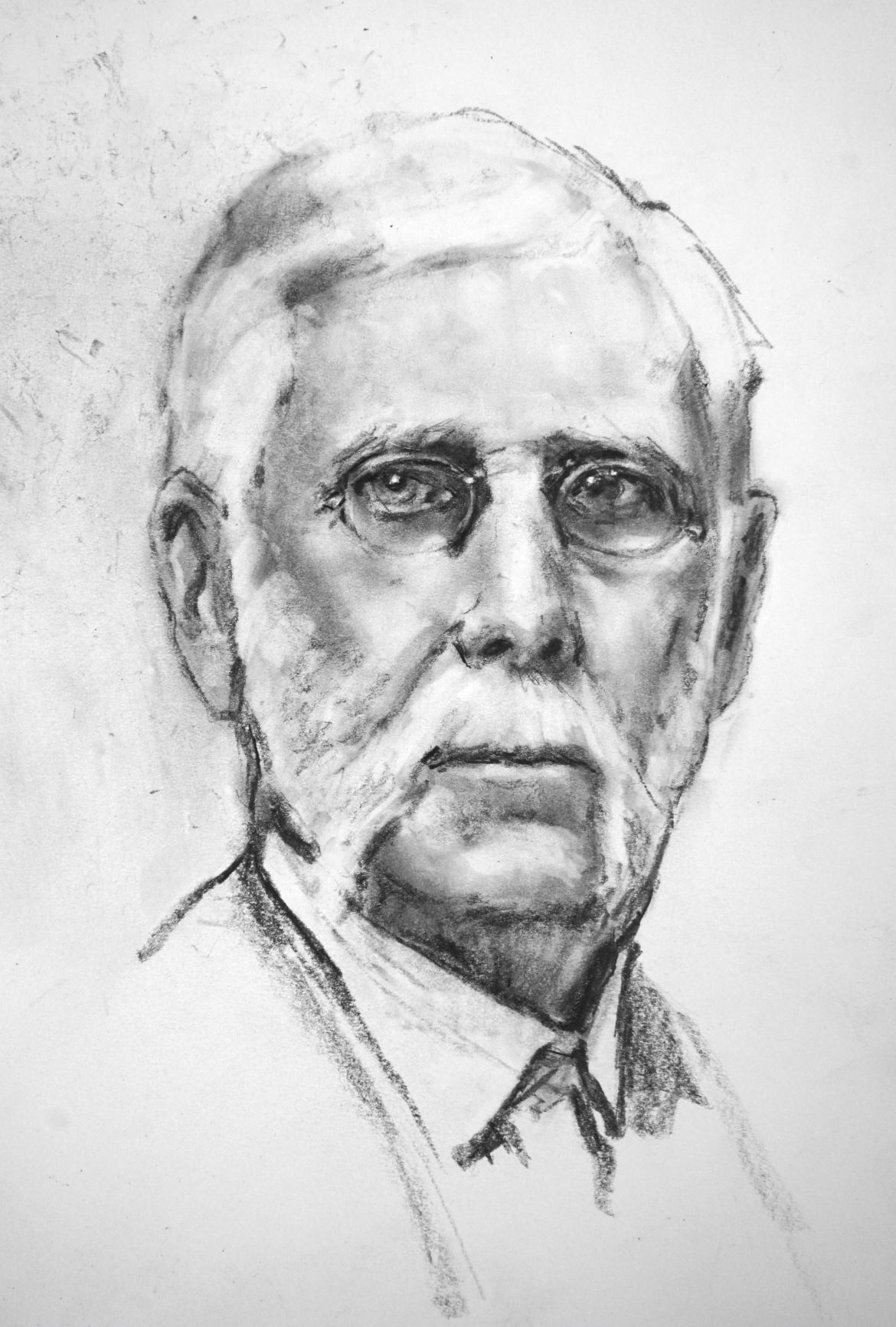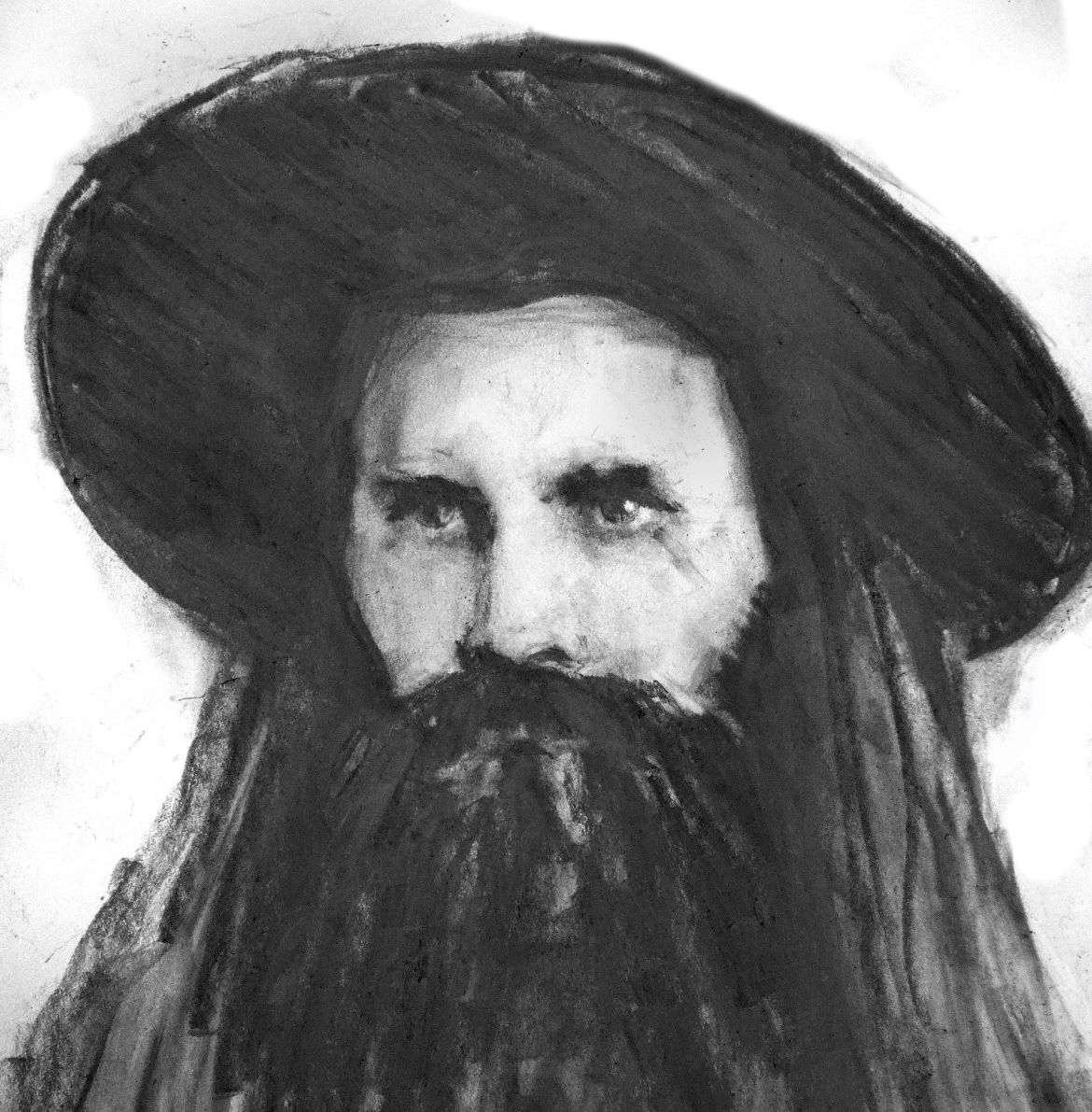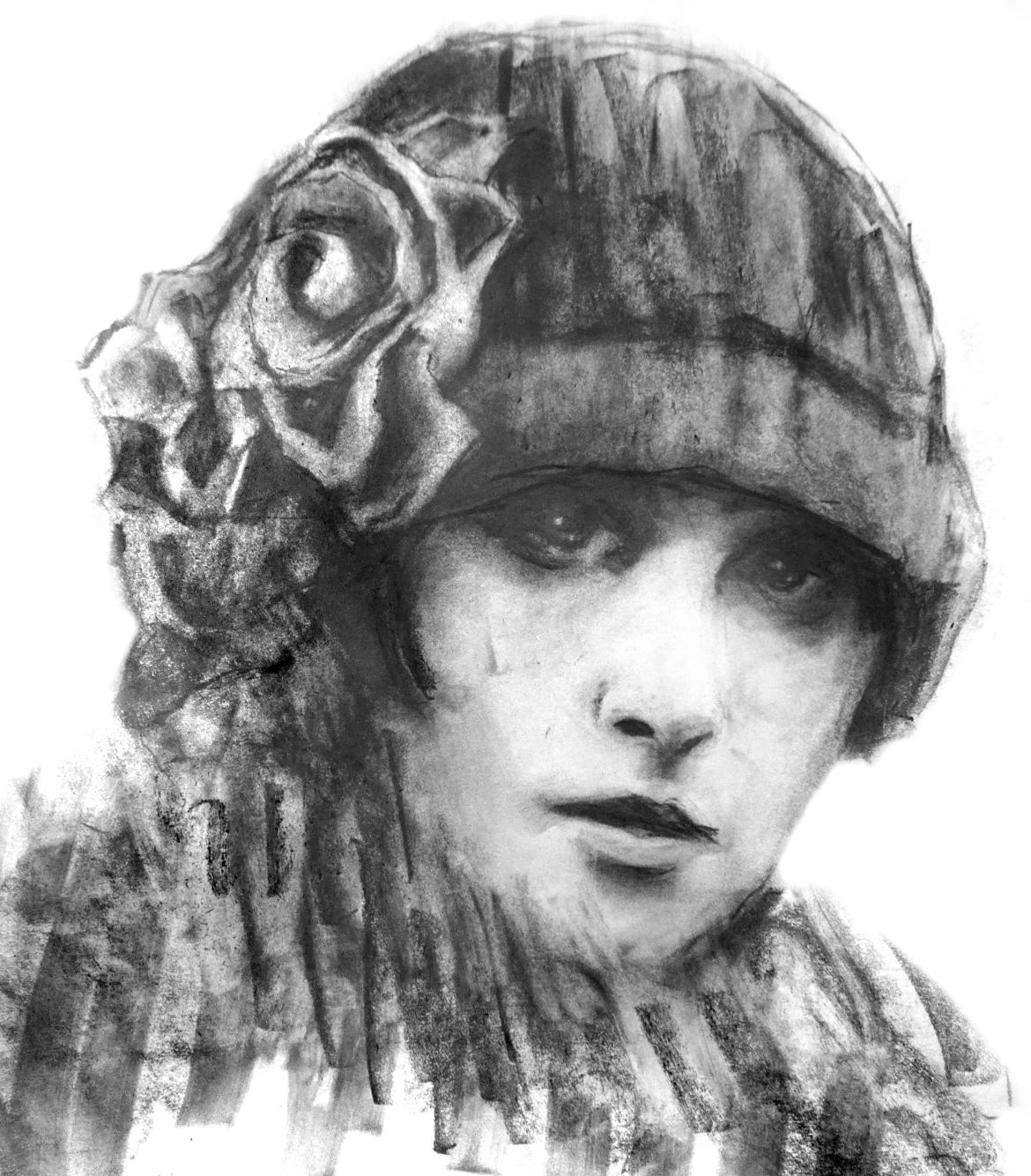Quad City Arts has curated a new exhibit that celebrates the decades long burgeoning Hispanic culture here in the Quad Cities. A colorful and pulsating exhibit of 30-plus pieces – Voces y Visiones: A Celebration of Hispanic Art – is on view at Quad City Arts’ Rock Island Gallery (1715 Second Avenue, Rock Island IL) through December 5. This juried exhibition is presented in partnership with Mercado on Fifth, and Hispanic/Latin/Latinx artists were especially encouraged to apply.

